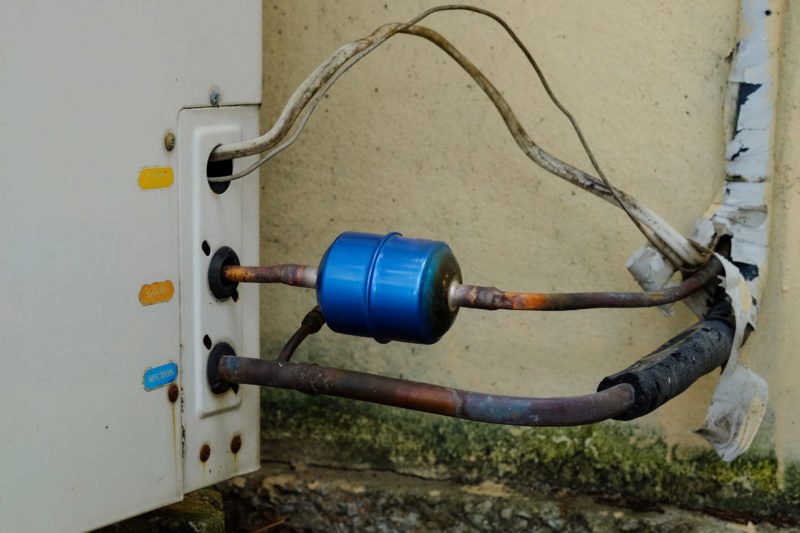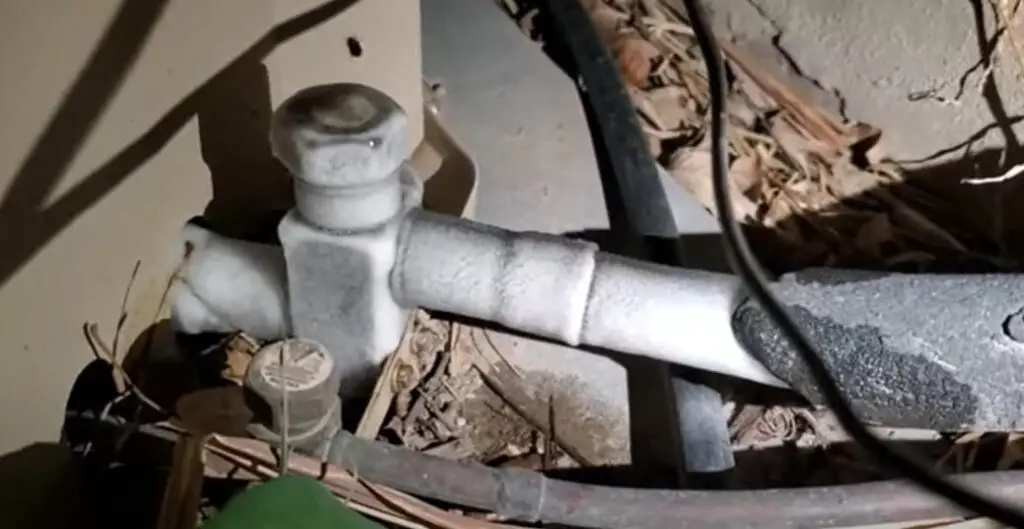Were you trying to locate resources Air Conditioner Frozen? How To Fix your Frozen AC Line?

Introduction
Uncovering that your a/c pipeline is frozen can be concerning, particularly throughout hot summer months when you rely on your ac system one of the most. Recognizing what to do in such a circumstance is essential to avoid additional damage to your cooling system and ensure your comfort inside.
Understanding the Causes
Numerous variables can add to the freezing of an AC pipe. Comprehending these reasons can aid you resolve the issue successfully.
Absence of Airflow
One common cause of a frozen a/c pipeline is inadequate airflow. When the airflow over the evaporator coil is limited, it can cause the coil to drop below freezing temperature, resulting in ice development on the pipeline.
Reduced Refrigerant Levels
Not enough cooling agent degrees in your air conditioning system can likewise lead to a frozen pipe. Low refrigerant degrees can create the stress in the system to go down, bring about the freezing of dampness on the evaporator coil.
Winter Conditions
In colder climates, freezing temperatures outside can contribute to the cold of air conditioner pipelines. If your air conditioner system is not properly shielded or if there are leaks in the ductwork, cool air can penetrate the system, triggering the pipeline to freeze.
Dirty Air Filters
Filthy or clogged up air filters can limit air movement in your AC system, bring about various concerns, consisting of a frozen pipe. It's vital to replace or cleanse your air filterings system regularly to guarantee correct air flow and avoid ice build-up.
Signs of a Frozen A/c Pipe
Recognizing the indications of a frozen air conditioning pipe is important for punctual action.
Minimized Airflow
If you notice a significant reduction in air movement from your vents, it might indicate an icy pipeline.
Ice Buildup on the Pipe
Noticeable ice build-up on the refrigerant line or the evaporator coil is a clear indication of a frozen a/c pipeline.
Odd Sounds from the Unit
Uncommon audios, such as hissing or bubbling, coming from your air conditioner device can signify that there's ice existing on the pipeline.
Immediate Actions to Take
When confronted with an icy air conditioner pipeline, it's vital to act swiftly to avoid additional damage to your cooling system.
Turning off the air conditioner
The first step is to switch off your ac system to prevent the system from running and aggravating the concern.
Looking for Blockages
Examine the area around the interior system for any blockages that may be obstructing air flow, such as furnishings or drapes.
Thawing the Pipe
You can use mild methods like positioning towels soaked in cozy water around the icy pipeline to help thaw it gradually.
Safety nets
Taking preventive measures can help avoid future events of a frozen air conditioning pipe.
Normal Maintenance Checks
Arrange routine upkeep contact a professional HVAC specialist to ensure that your air conditioner system is running effectively.
Changing Air Filters
Consistently replace or cleanse your air filters to stop airflow constraints and keep optimal performance.
Shielding Exposed Pipes
If your AC pipes are revealed to cold temperature levels, consider protecting them to stop cold throughout winter months.
Seeking Professional Help
If DIY techniques fail to settle the issue or if you're unsure about exactly how to proceed, it's best to seek support from a qualified HVAC specialist.
When DIY Methods Fail
If your attempts to thaw the pipeline or address various other issues are not successful, it's time to call in an expert.
Value of Hiring a Professional HVAC Technician
A certified HVAC technician has the know-how and tools essential to detect and repair problems with your AC system safely and effectively.
Verdict
Taking care of an icy air conditioning pipe can be an aggravating experience, however recognizing just how to react can assist reduce damage and recover convenience to your home. By comprehending the causes, recognizing the signs, and taking timely action, you can effectively resolve the problem and prevent future events.
What to Do If Your AC Line Is Frozen
Make Sure All Supply and Return Air Vents Are Open
If you notice problems with airflow, the first thing you should do is check your supply and return vents. Supply vents distribute clean, conditioned air throughout your home. As this air becomes stale, it’s pulled into the return vent, where it’s reconditioned before being sent back out through the supply vent.
When these vents are closed, air won’t flow in the home. Before examining your AC, check the vents in every room and ensure they’re all open.
Check for a Dirty Air Filter
Another possible cause of limited airflow is a dirty air filter. Your air conditioner’s filters catch elements you don’t want to breathe in, such as dirt and dust. Over time, filters can become clogged, ultimately blocking air from flowing in and out. The lack of airflow can then cause the entire coil to freeze and will completely restrict any air from moving through it. The AC may need to be powered off for one to two days to allow the coil to thaw after replacing the filter to allow proper functioning of the unit. This debris can also accumulate on your AC’s evaporator coil, requiring a more serious repair. In general, air filters should be cleaned regularly (about every two weeks).
Assess Your Outdoor Unit
In addition to checking your AC, assessing the outdoor unit is a good idea. Also known as the condensing unit, it works with your interior unit to release heat outside. An issue with the outdoor unit can result in rising internal temperatures.
Overgrown Shrubs or Clogged Leaves
From leaves and twigs to shrubs and debris, there’s no shortage of outdoor elements that can accumulate around your condensing unit. When these elements get lodged inside the unit, they can block airflow. Fortunately, removing the blockage can solve the problem.
Sounds of a Broken Fan
Shrubs and leaves aren’t the only things that can impede your outdoor unit’s airflow. If the fan is broken, the unit won’t be able to properly get rid of heat — which means the internal temperature won’t go down. First, make sure the fan is spinning. If it is, check for the following sounds of a broken fan:
Buzzing Rattling Screeching Hissing Clicking Preventative Measures
Nobody wants to deal with a frozen AC line. In addition to causing problems with your air conditioner, they require professional repairs. On the bright side, there are preventative measures you can take to help ensure this issue doesn’t arise in the first place.
https://www.coopergreenteam.com/blog/what-to-do-if-ac-line-frozen

I recently found that content about Air Conditioner Frozen? How To Fix your Frozen AC Line while scouting around the web. Sharing is good. You just don't know, you may very well be helping someone out. Thank you so much for going through it.
Go Company